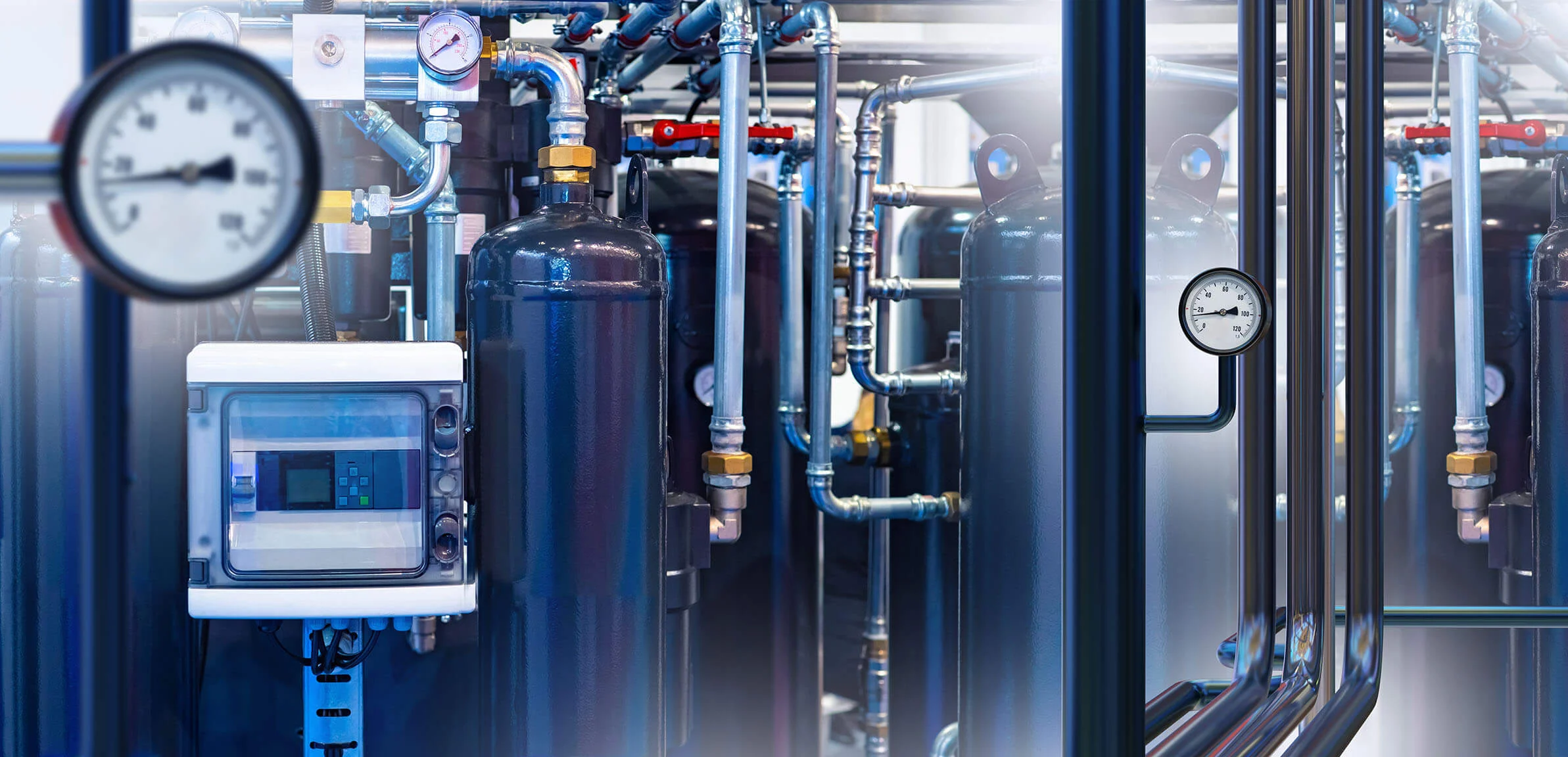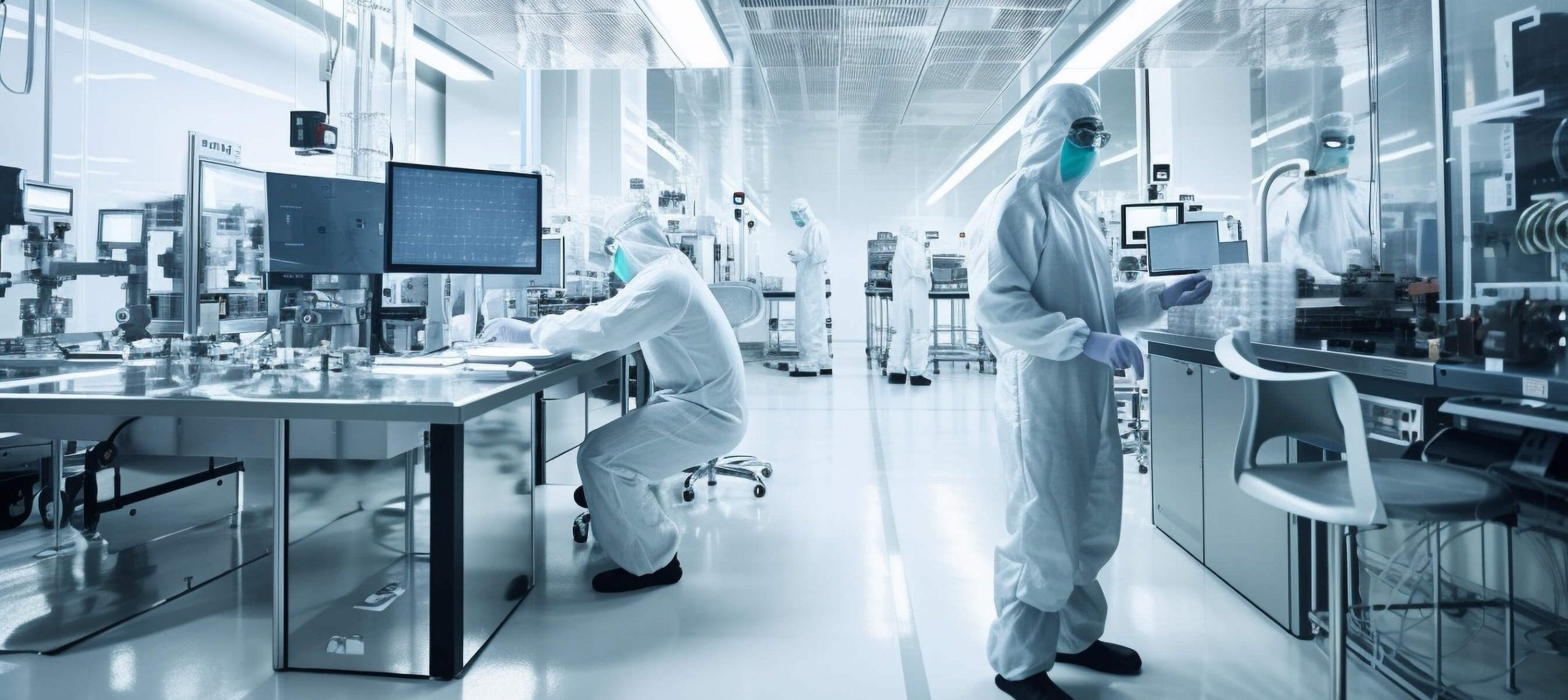Oxygen sensors
Oxygen sensors are devices used to measure the concentration of oxygen in gases or liquids. They are essential in various industries, including automotive, environmental monitoring, medical, industrial processes, and laboratory analysis. These sensors ensure that oxygen levels are within the required range for safety, efficiency, and regulatory compliance.


Oxygen Sensors – Accurate and reliable real-time oxygen level monitoring
Oxygen sensors are devices that measure the concentration of oxygen in gases or liquids. They are commonly used in automotive, industrial, medical, and environmental applications to monitor and control oxygen levels. O2 sensors can work using different principles, including electrochemical galvanic, zirconia-based (ZrO₂), optical, and paramagnetic methods. In automotive systems, they help regulate air-fuel mixtures for optimal combustion and emissions control.
Would you like to know whether the oxygen sensors provided by All Sensors are also suitable for your project? We would be happy to advise you in detail.
How oxygen sensors support controlled atmosphere monitoring in industrial processes
Oxygen sensors are essential for controlled atmosphere monitoring in industrial processes because they ensure optimal gas composition for safety, efficiency, and product quality. Here’s how they support various industries:
- Combustion Efficiency and Safety
- In boilers, furnaces, and kilns, O₂ sensors monitor the air-fuel ratio to optimise combustion, reducing fuel waste and minimising emissions of CO₂, NOₓ, and CO.
- Preventing excess oxygen ensures efficient burning, while avoiding oxygen deficiency prevents carbon monoxide buildup and incomplete combustion.
- Inerting and Blanketing
- In industries dealing with flammable materials (e.g., chemical plants, oil refineries, and food storage), oxygen sensors regulate inert gas (nitrogen, CO₂) levels to prevent combustion.
- Continuous monitoring ensures oxygen stays below limiting oxygen concentration (LOC), reducing explosion risks.
- Food and Pharmaceutical Storage
- Oxygen sensors help maintain controlled atmospheres (CA) in food storage (e.g., fruit ripening chambers) by keeping O₂ low to slow down oxidation and spoilage.
- In pharmaceutical manufacturing, maintaining precise oxygen levels ensures drug stability and sterility.
- Metal Processing and Heat Treatment
- In industries like steel manufacturing, oxygen sensors prevent oxidation during heat treatment and welding by maintaining a precise reducing atmosphere.
- They help control gas mixtures in annealing and carburising processes, ensuring consistent material properties.

- Semiconductor and Electronics Manufacturing
- Oxygen sensors regulate ultra-pure environments to prevent oxidation of sensitive components during chip production.
- Controlled atmospheres in vacuum chambers and cleanrooms protect delicate materials from contamination.
- Environmental and Air Quality Monitoring
- Industrial facilities use oxygen sensors in gas detection systems to monitor air quality and ensure worker safety.
- In confined spaces (e.g., chemical storage tanks), low O₂ levels can be hazardous, making real-time monitoring critical.
- Fermentation and Bioprocessing
- In industries like brewing, pharmaceuticals, and biofuel production, oxygen sensors help regulate O₂ levels for microbial growth and optimal fermentation efficiency.
Oxygen sensors play a vital role in maintaining safe, efficient, and high-quality industrial processes by providing real-time monitoring and control of gas environments. Their use helps industries comply with regulations, optimise production, and prevent hazardous conditions.
Zirconium Dioxide (ZrO₂) oxygen sensors - enhancing safety in aviation
Zirconium Dioxide (ZrO₂) oxygen sensors play a crucial role in aviation safety by providing accurate and real-time oxygen level monitoring. Here’s how they enhance safety in aviation:
- Cabin Air Quality Monitoring: ZrO₂ sensors help ensure proper oxygen levels, preventing hypoxia, which can impair cognitive function and decision-making abilities at high altitudes.
- Fire Prevention in Fuel Tanks: Modern aircraft use inerting systems to reduce the risk of fuel tank explosions. These systems use O₂ sensors to measure oxygen levels and inject nitrogen to displace oxygen, reducing the chances of combustion.
- Oxygen System Monitoring for Pilots and Crew: In high-altitude flights, pilots rely on supplemental oxygen systems. ZrO₂ sensors monitor oxygen concentrations in these systems to ensure an adequate supply.
- Detection of Cabin and Cargo Compartment Smoke or Fire: Some aircraft use ZrO₂ sensors to detect changes in oxygen levels that may indicate smoke or fire, allowing for rapid response and mitigation.
By continuously monitoring oxygen levels in critical systems, ZrO₂ oxygen sensors enhance operational safety, prevent hazardous situations, and improve the overall reliability of aviation systems.
Benefits of Zirconium Dioxide (ZrO₂) oxygen sensors in Combustion Control
Zirconium Dioxide (ZrO₂) oxygen sensors offer several benefits in combustion control, enhancing efficiency, safety, and reliability. Here’s how they contribute:
- Optimised Combustion Efficiency: ZrO₂ sensors provide real-time oxygen level measurements, enabling precise control of the air-fuel mixture.
- Emission Reduction & Regulatory Compliance: By maintaining an optimal air-fuel ratio, these sensors help minimise harmful emissions such as CO, NOx, and unburned hydrocarbons.
- Extended Generator Lifespan: ZrO₂ sensors help prevent inefficient combustion that can lead to carbon buildup, corrosion, or overheating, reducing wear and tear and extending the generator’s operational life.
- Real-Time Monitoring & Automation: These sensors provide continuous, real-time data that can be integrated into automated control systems which allow for adaptive adjustments to combustion parameters, improving system reliability and performance.
- Increased Safety: In enclosed or hazardous environments, improper combustion can lead to dangerous gas buildup. ZrO₂ sensors help detect and prevent oxygen imbalances that could result in combustion failures, leaks, or explosions.
- Versatility & Durability: ZrO₂ sensors can operate in extreme temperatures and harsh industrial conditions, making them ideal for combustion control power plants, manufacturing facilities, and backup power systems.
Their long operating life is due to the non-depleting sensor cell technology. No reference gas is required, and easy single point calibration can be performed in any known gas including fresh air.
Overall, ZrO₂ oxygen sensors are essential for improving the efficiency, safety, and longevity of combustion control, making them a valuable investment for various industries.

Oxygen sensors: crucial for safety in marine inerting systems
Oxygen sensors play a crucial role in the safety of marine inerting systems because they help ensure that oxygen levels remain low enough to prevent combustion or explosion in fuel tanks and cargo spaces. Here’s why they are essential:
- Fire and Explosion Prevention – Marine inerting systems introduce an inert gas (such as nitrogen or exhaust gas) to displace oxygen and reduce its concentration below the limiting oxygen concentration (LOC) required for combustion. O2 sensors continuously monitor the atmosphere to ensure that levels stay within safe limits.
- Regulatory Compliance – Ships carrying flammable cargo, such as oil tankers, must comply with IMO (International Maritime Organisation) and SOLAS (Safety of Life at Sea) regulations. Accurate oxygen monitoring is necessary to meet these safety standards.
- Early Detection of System Failures – If an inerting system fails or oxygen levels start to rise due to leaks or improper operation, oxygen sensors provide real-time alerts, allowing crew members to take corrective action before conditions become hazardous.
- Efficient Inert Gas Use – Monitoring oxygen levels ensures that just the right amount of inert gas is used, preventing wastage while maintaining safety.
- Protecting Crew and Vessel – High oxygen levels in spaces meant to be inerted can pose a risk of fire, while excessively low oxygen levels in crew-accessible areas can lead to asphyxiation. Oxygen sensors help maintain a safe balance.
By continuously monitoring and controlling oxygen levels, these sensors play a vital role in preventing accidents and ensuring the safety of both the crew and the vessel.
The outstanding impact of optical oxygen sensors on medical and clean environments
Optical O2 sensors are widely used in medical and clean environments due to their high accuracy, fast response time, and non-invasive operation. Their applications in these settings include:
Medical Application
- Respiratory Monitoring and Anesthesia
- Used in ventilators, anesthesia machines, and intensive care units (ICUs) to ensure patients receive the correct oxygen concentration.
- Real-time monitoring helps prevent hypoxia (low O₂) or hyperoxia (excess O₂) during surgery and critical care.
- Incubators and Neonatal Care
- O2 sensors in neonatal incubators ensure premature infants receive safe and controlled oxygen levels to prevent conditions like retinopathy of prematurity (ROP).
- Hyperbaric and Hypoxic Therapy
- Used in hyperbaric oxygen therapy (HBOT) chambers to ensure controlled O₂ levels for treating wounds, infections, and decompression sickness.
- Regulate oxygen-reduced environments in hypoxic training for athletes and altitude simulation.


Cleanroom and Pharmaceutical Applications
- Controlled Environments in Cleanrooms
- Optical oxygen sensors maintain precise O₂ levels in ISO-classified cleanrooms to ensure contamination control and prevent oxidation of sensitive materials.
- Sterile Drug Manufacturing
- Used in pharmaceutical bioreactors and lyophilisation (freeze-drying) chambers to monitor oxygen and prevent microbial contamination.
- Biomedical Research and Cell Culture
- Optical sensors regulate oxygen levels in cell incubators and tissue engineering bioreactors to optimise conditions for cell growth and medical research.
- Vaccine and Biologic Storage
- Used in cryogenic and low-oxygen storage units to ensure safe preservation of biological materials, including vaccines and stem cells.
Optical oxygen sensors are essential for patient safety, cleanroom integrity, and pharmaceutical precision, making them a key technology in modern healthcare and sterile environments.
How oxygen sensors improve the efficiency of hydrogen generation systems
Oxygen sensors play a crucial role in improving the efficiency, safety, and performance of hydrogen generation systems, particularly in electrolysis, reforming, and fuel cell technologies. Here’s how they contribute:
Optimising Electrolysis Efficiency
- Hydrogen production via water electrolysis (PEM, Alkaline, or SOEC) requires precise oxygen monitoring:
- Preventing oxygen-hydrogen crossover → O2 sensors detect leaks or unwanted mixing of gases, reducing explosion risks.
- Improving energy efficiency → Maintaining the correct O₂ concentration helps optimise electrolysis efficiency, reducing power losses.
- Ensuring membrane integrity → In PEM electrolysis, oxygen sensors detect membrane degradation that could affect hydrogen purity.
- Enhancing Reforming and Gasification Processes
- In steam methane reforming (SMR) and biomass gasification, oxygen sensors regulate O₂ input → Ensuring the correct oxygen-to-fuel ratio maximises hydrogen yield while minimising CO₂ and carbon monoxide production.
- Oxygen sensors prevent catalyst degradation → Excess oxygen can lead to oxidation of catalysts, reducing reformer lifespan and efficiency.
- They optimise syngas composition → Real-time oxygen monitoring helps fine-tune gas mixtures for higher hydrogen purity.
- Improving Hydrogen Purification
Benefits of Zirconium Dioxide (ZrO₂)
oxygen
sensors in Combustion Control
- Hydrogen separation processes, such as Pressure Swing Adsorption (PSA) and membrane filtration, rely on oxygen sensors to detect residual oxygen that could contaminate hydrogen output and to ensure consistent purity for fuel cells and industrial applications.
- Enhancing Fuel Cell Performance
- In hydrogen fuel cells (PEMFC, SOFC, etc.), oxygen sensors monitor cathode O₂ levels → Ensuring proper air supply improves energy conversion efficiency, prevent anode oxidation → Limiting oxygen ingress prevents performance losses and degradation of electrodes and membranes and optimise air-fuel ratio → In high-efficiency fuel cells, precise oxygen control maximises power output.
- Safety and Leak Detection
- Since hydrogen is highly flammable, oxygen sensors detect oxygen buildup in hydrogen storage tanks and pipelines, preventing hazardous conditions and identify leaks in closed systems where oxygen levels rise due to unwanted air intrusion.
By continuously monitoring and controlling oxygen levels, oxygen sensors help maximise hydrogen production efficiency, protect critical components, and ensure safe operation in hydrogen generation and fuel cell systems.
High-performance oxygen sensors from All Sensors – let us advise you
If you are looking for an O2 sensor that is ideally suited to your personal requirements, then All Sensors is the right place for you. We will advise you in detail about your options and ensure that you find the right product. Top quality and outstanding customer service are always our main priorities.
Do you have any questions? Are you interested in our other products such as level sensors, flow sensors, diaphragm pumps? Would you like a non-binding consultation? Then contact us now. Our experts look forward to getting to know you and your project.
High-precision sensors
Highest precision for lowest pressures, reliable MEMS pressure sensors.
Innovative technologies
Innovative CoBeam²™ technology and dual die technology.
Customised system solutions
Individual system solutions for perfect integration of measurement technology in sophisticated applications.
Comprehensive product range
Standard solutions on a modular product platform.
